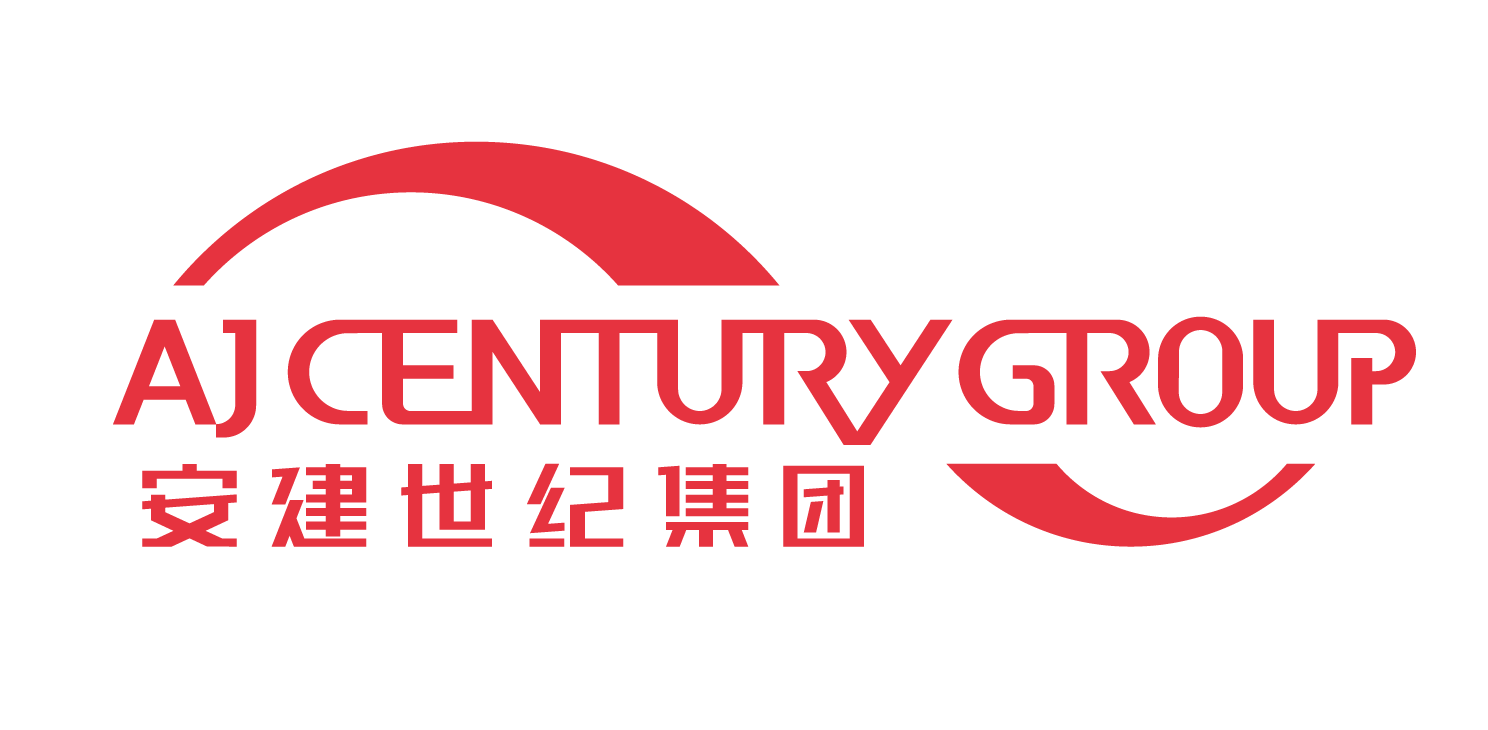
In the construction industry, where safety and precision are the cornerstones of every successful project, understanding the specifics of your equipment is not just a recommendation—it's a critical requirement. This is especially true for scaffolding, the temporary structures that provide a safe working platform for countless projects. While it may seem like a simple framework, scaffolding systems are built to meticulous standards. Knowing the standard scaffolding sizes is paramount for ensuring a safe, compliant, and cost-effective build.
This extensive guide will take you beyond the basics, offering a detailed look at the dimensions of various scaffolding components and systems. We’ll explore why these standards exist, what to look for when planning your project, and how to use this knowledge to guarantee the safety and efficiency of your entire operation.
The Fundamental Components: Demystifying Scaffolding Parts and Their Dimensions
A typical scaffolding system is a modular assembly of several key parts. Each piece, from the vertical frames to the horizontal platforms, is manufactured to specific, uniform sizes that allow for safe and seamless integration.
1. End Frames (or H-Frames)
These are the primary vertical structures that form the backbone of the scaffold. They provide the necessary height and stability. The dimensions of these frames are the starting point for any scaffolding project.
Standard Widths: The most common frame width is 5 feet (1.52 meters). This size is a widely accepted standard that provides ample space for workers to move around, transport materials, and operate tools safely. It is the go-to choice for most commercial and industrial projects. For more constrained environments, such as narrow alleyways or tight residential spaces, 3-foot (0.91-meter) frames are a practical alternative.
Standard Heights: Frames come in a variety of heights to allow for stacking to the required working level. The most common heights you'll encounter are 6.4 feet (1.95m) and 5 feet (1.52m). You may also find smaller frames at 3 feet (0.91m) or 2 feet (0.61m) for specific applications, like creating a low-level platform.
·
2. Scaffolding Platforms (or Decks)
These are the critical work surfaces where crew members stand. Their dimensions must align perfectly with the spacing of the frames.
Standard Lengths: The length of the platform is dictated by the distance between the end frames, also known as the "bay length." The most common standard lengths are 7 feet (2.13m), 8 feet (2.44m), and 10 feet (3.05m). These lengths are chosen to optimize a balance between structural support and a clear, uninterrupted walkway. Longer bays can reduce the number of components needed but may require additional structural reinforcement.
Standard Widths: A platform's width generally matches the width of the frame to which it is attached, ensuring a secure and stable fit. A platform for a 5-foot wide frame will also be 5 feet wide, designed to cover the entire working area.
·
3. Cross and Diagonal Braces
Braces are the unsung heroes of a scaffolding system, providing the critical diagonal rigidity that prevents the structure from swaying or collapsing.
Dimensions: Unlike frames or platforms, the size of a cross brace isn't a fixed number. It is specifically engineered to fit the combination of a frame's width and the bay's length. For example, a cross brace designed for a 5-foot wide frame and a 7-foot long bay will have a precise length to ensure the entire structure is plumb (perfectly vertical) and square.
·
Beyond the Basics: Understanding Different Scaffolding Systems
While the frame-and-brace system is common, it's not the only type of scaffolding you'll encounter. Modular or "system" scaffolding, like Ringlock or Cuplock, is increasingly popular for its speed of assembly and versatility. These systems also adhere to strict standards.
Ringlock and Cuplock Systems: These systems use a series of vertical posts (standards) with connection points and horizontal members (ledgers) to create a highly adaptable structure. Their dimensions are standardized in a metric system.
Bay Lengths: Common bay lengths are typically 1.5 meters, 2.0 meters, and 2.5 meters.
Standard Spacing: The vertical standards are usually spaced at set intervals, and the ledgers connect them at pre-defined points, eliminating guesswork and ensuring a high level of structural integrity.
Understanding these system-specific dimensions is vital when working on large, complex industrial or commercial projects where this type of scaffolding is often the preferred choice.
The Unwavering Case for Standardized Sizes: Why It Matters So Much
The emphasis on standard dimensions is not an arbitrary rule—it is a fundamental principle of construction safety and efficiency.
Safety and Compliance: Standardized equipment is designed and tested to meet stringent safety regulations, such as those set by OSHA (Occupational Safety and Health Administration) and ANSI (American National Standards Institute). Using non-standard or mismatched parts is a major safety risk that can lead to structural failure, serious injuries, and costly legal penalties.
Interchangeability and Logistics: A major benefit of standardization is that components from different reputable manufacturers can often be interchanged. This streamlines logistics on large projects where equipment may be sourced from multiple suppliers. It also makes it easier to replace damaged parts without having to wait for a specific brand's delivery.
Efficiency and Project Planning: When you know the standard dimensions of your equipment, project planning becomes far more accurate. You can precisely calculate the number of components needed for a job, minimizing waste and ensuring you don't run short on materials. This leads to faster assembly and disassembly times, saving both labor and project costs.
·
A Step-by-Step Guide: How to Determine the Scaffolding You Need
With a solid understanding of standard sizes, you can approach your next project with confidence. Here’s a simple process to guide your decision-making.
Assess the Working Height: What is the highest point you need to reach? Add a few feet for safe working clearance above the platform. This will help you determine how many frames you need to stack.
Measure the Length and Width of the Work Area: How long is the structure you are working on, and how much working space do you need? This will determine the number of bays and the appropriate frame width. A wider frame is safer and more productive for tasks that involve moving large tools or materials.
Consider the Load: What is the maximum weight the scaffold will need to support? This includes workers, tools, and materials. This information, along with the dimensions, helps a professional calculate the required load capacity to ensure the scaffold is not overloaded.
Work with a Professional Supplier: Never guess. A reputable scaffolding supplier is an invaluable partner. They can help you calculate the exact bill of materials you need, ensuring every component is of the correct size and meets safety standards for your specific application.
Conclusion:
Understanding standard scaffolding sizes is more than just a technical detail; it’s a critical part of a safety-first mindset. By recognizing the importance of these dimensions and working with professional-grade equipment, you are not only ensuring a smooth workflow but, most importantly, you are protecting the lives of every worker on your site. This knowledge is the blueprint for a safe, efficient, and successful project, solidifying your reputation as a responsible and knowledgeable professional in the field.

 Englishen
Englishen










